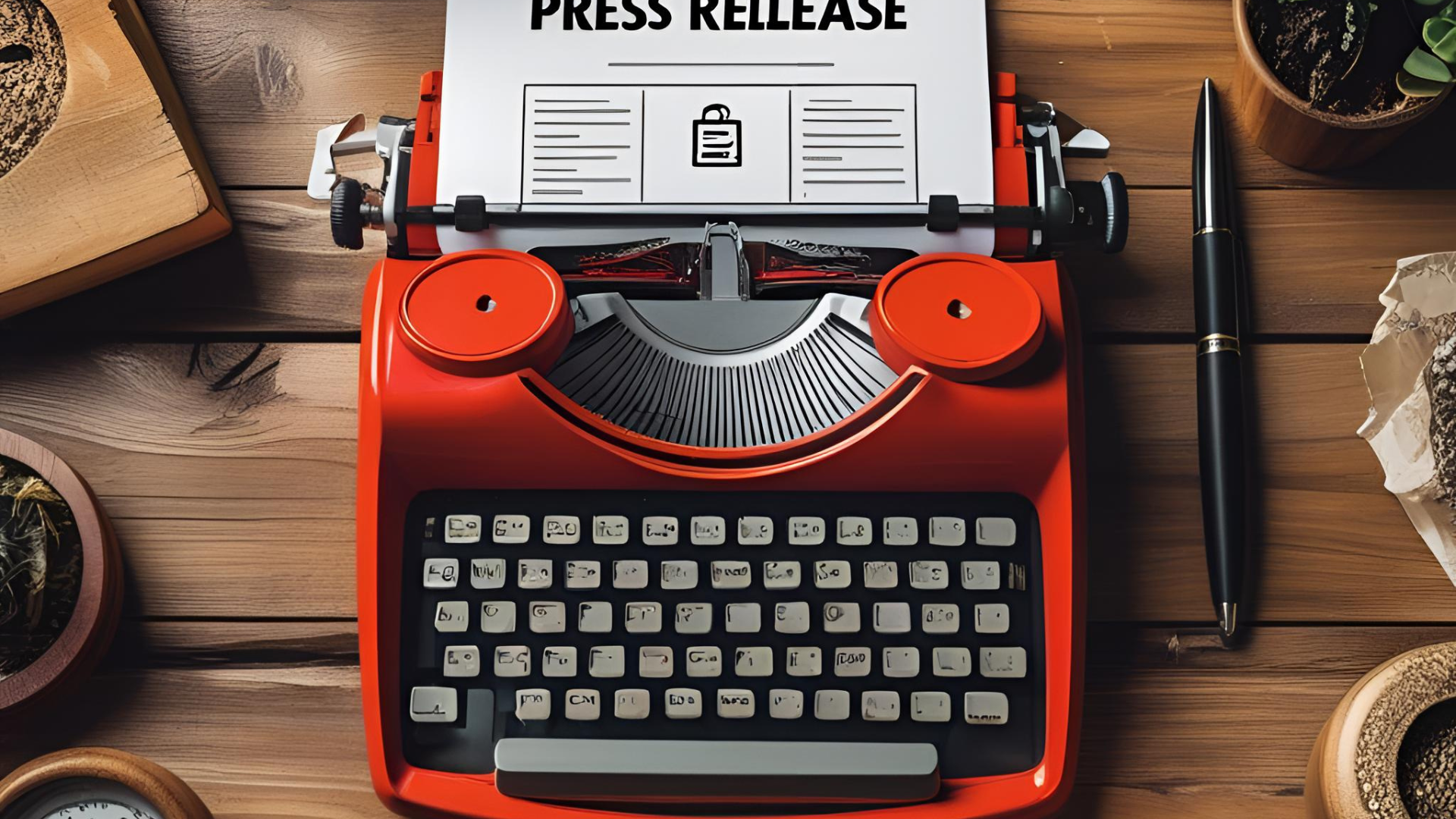Don't Try to Sell, Explain: The Secret to an Effective Press Release
One of the simplest yet most critical ways to announce a development is to write a press release. However, the reality is that not every piece of writing is ‘newsworthy.’ And not every file sent out will catch a journalist's attention.
A good press release is the key that opens the door. If you want to get media coverage, what you bring to that door matters. Let’s take a look together: What should you pay attention to when writing a press release?
The first rule is simple: This is not an advertising text. Bold statements like ‘An amazing product!’ or ‘It will revolutionise the industry!’ have no place in a press release. Because journalists are not looking for flowery language, but news value.
What happened? Who did it? Where, when, and why did they do it? State these facts upfront. Get straight to the point and clarify the issue in the first paragraph. Those who want to know more will continue reading.
Be concise, to the point, and intriguing
A good headline often makes all the difference. There’s a difference between saying “ABC Company Opens New Production Facility” and “ABC Opens Turkey’s Largest Production Facility with a 100 Million TL Investment.” Which one catches your attention? The same applies to content. Explain the topic, but don’t go on for pages. A press release should be no more than one page. No one reads more than that anyway. Especially if the recipient is a journalist, they decide in seconds: “This is news” or “Delete it.”
Is it really interesting?
Be honest with yourself. Does this development interest anyone outside your organisation? Does it have news value? Writing as if it will interest everyone just because you want to “announce it” weakens your message, not you. Sometimes not sending a press release at all is a stronger move than sending an unnecessary one.
Add a human touch
Quotes are the lifeblood of this work. A short statement from the CEO or project manager adds vitality to the text. A sentence like, “Our company aims to create jobs in the region with this investment,” breaks the coldness of the numbers. Remember, if there are people in the news, interest increases, but don’t overwhelm with details—just make sure the information isn’t lacking either.
Simplify technical information. If necessary, send it as an additional file. But leave only meaningful information in the text. Every unnecessary detail reduces interest a little more.
Also, be sure to include company information and contact details at the end of every newsletter. Provide a clear answer to the question, “Who should we contact for more information?”
Finally: the person you send the press release to is also a human being
It's not easy to stand out among journalists who receive dozens of emails and are constantly bombarded with content. That's why your format, visuals, topic, and timing must all work together. If there are visuals, make sure the resolution is sufficient but not 40 MB.
And most importantly: the summary of your press release should be crafted in a way that could come from a journalist’s mouth. It should be in a state where they could write the news on your behalf.
Remember...
A press release is not just for providing information, but for building relationships. A good press release not only gets you featured in the news but also helps you establish a trust-based connection with the media.



